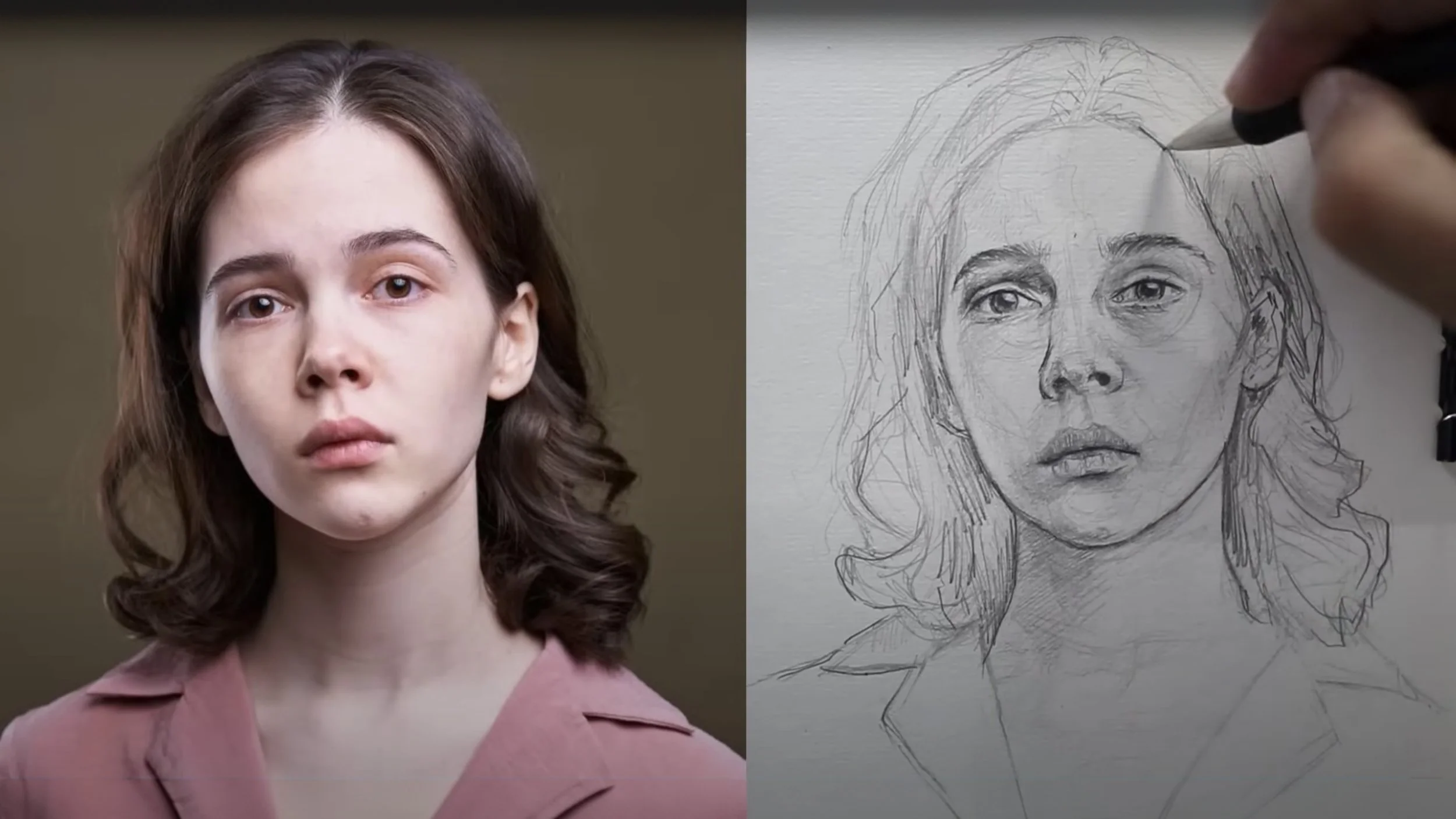As an artist and art tutor, I often emphasise the importance of drawing from life rather than relying solely on photographs. This is primarily because I believe that drawing from life provides artists with a more immersive and authentic experience, that will enable you to better capture the energy, movement, and essence of the subject in a way that would be difficult to replicate by working from photographs alone. As such, I often encourage artists to combine engaging directly with their surroundings, whether its sketching people in public spaces, drawing objects from observation, or capturing scenes from nature, with working from screens or printed photographs, so that they can develop a better understanding of key ideas such as, form, anatomy, and tone.
Beyond the idea of working from life, using photographs a reference for a subject has the potential to improve the process and quality of your drawing skills, making it a convenient and valuable tool for learning opportunities whether you're a beginner or a seasoned artist. As a result, I am entirely cognizant of the many reasons someone may choose to use a photograph as a reference material over drawing from life. For example, photographs offer artists the opportunity to depict a wide range of subjects, from landscapes and still life arrangements to portraits. This could then give you more control over lighting and composition, providing you with the consistency and stability that may be difficult to achieve when drawing from life. Consequently, there has been a noticeable shift in attitudes toward digital reference materials in approaches to art.
Learning Materials
£2.99
Every month
✓ Full access to all of our learning content.
✓ New learning materials added every month.



